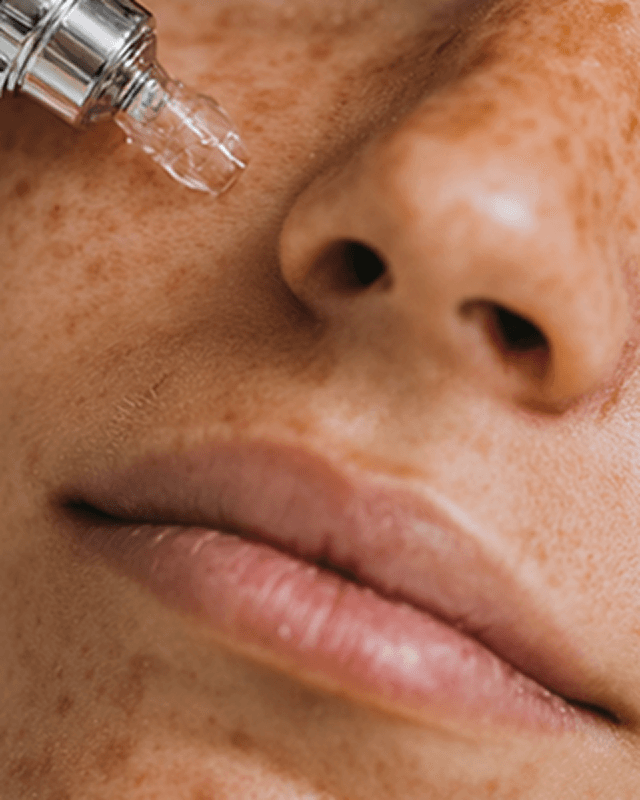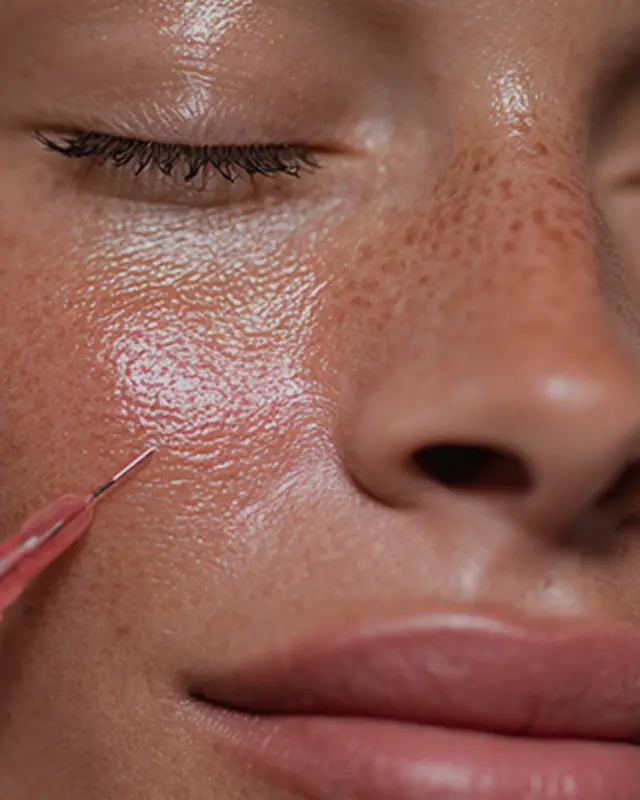
About Tca peel
If you're looking for Tca peel in Liverpool, MARBL makes it easy to compare medical-led clinics in one place. You can compare local clinics for Tca peel in Liverpool without endless searching. Prices typically range from around £90 to £525, depending on the clinic, treatment area and number of sessions. All clinics on MARBL are medical-led and carefully vetted – we list only around 10% of clinics in the UK that meet our safety and quality standards. Browse verified reviews and book your appointment online in just a few clicks.
TCA Peel uses carefully formulated acid solutions to exfoliate and renew skin by removing damaged outer layers. This medium-depth chemical peel treatment addresses concerns like fine lines, sun damage, acne scarring, hyperpigmentation, and uneven texture through controlled skin exfoliation. The customized peel strength stimulates cellular turnover and collagen production for improved skin clarity, tone, and overall quality.
On MARBL, every clinic offering tca peel is vetted for chemical peel protocols, skin assessment capabilities, and appropriate strength selection. Treatments are performed by trained skin specialists with expertise in chemical exfoliation and skin health. Each clinic listing includes transparent pricing, detailed procedure information, and guidance on achieving optimal results through professional care.
Chemical peel sessions typically take 30-60 minutes depending on peel strength, with visible skin improvement within 1-2 weeks. Optimal results are achieved through treatment series for deeper concerns, with enhanced clarity and smoothness developing progressively. You can compare certified specialists near you, check real-time availability, view verified reviews, and book tca peel sessions directly through MARBL — achieving your aesthetic goals has never been more convenient.


































